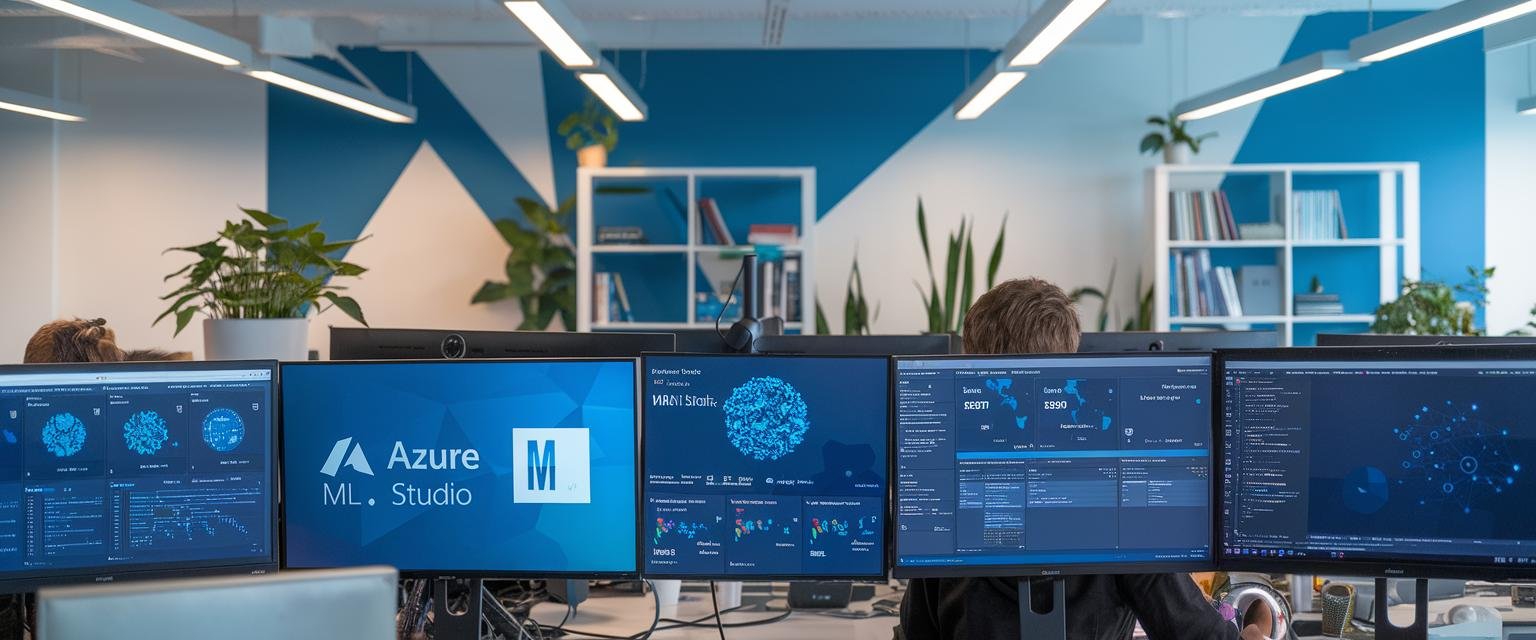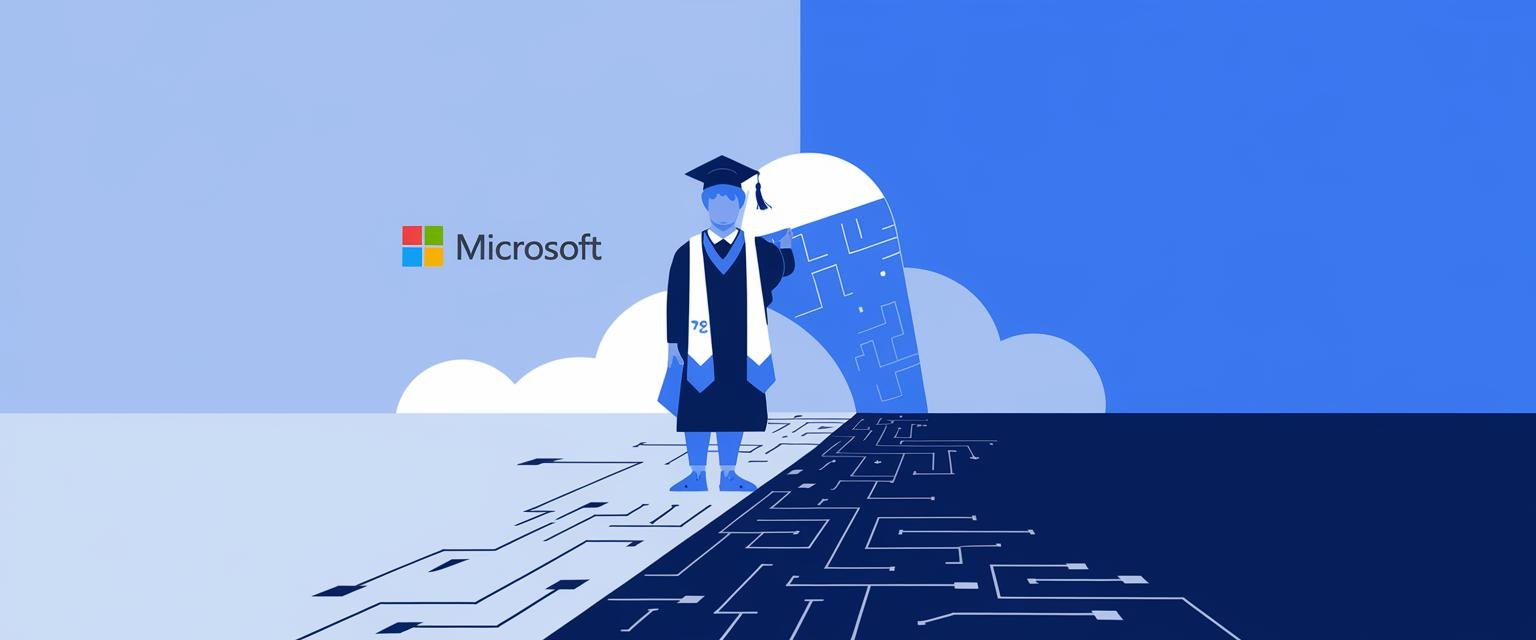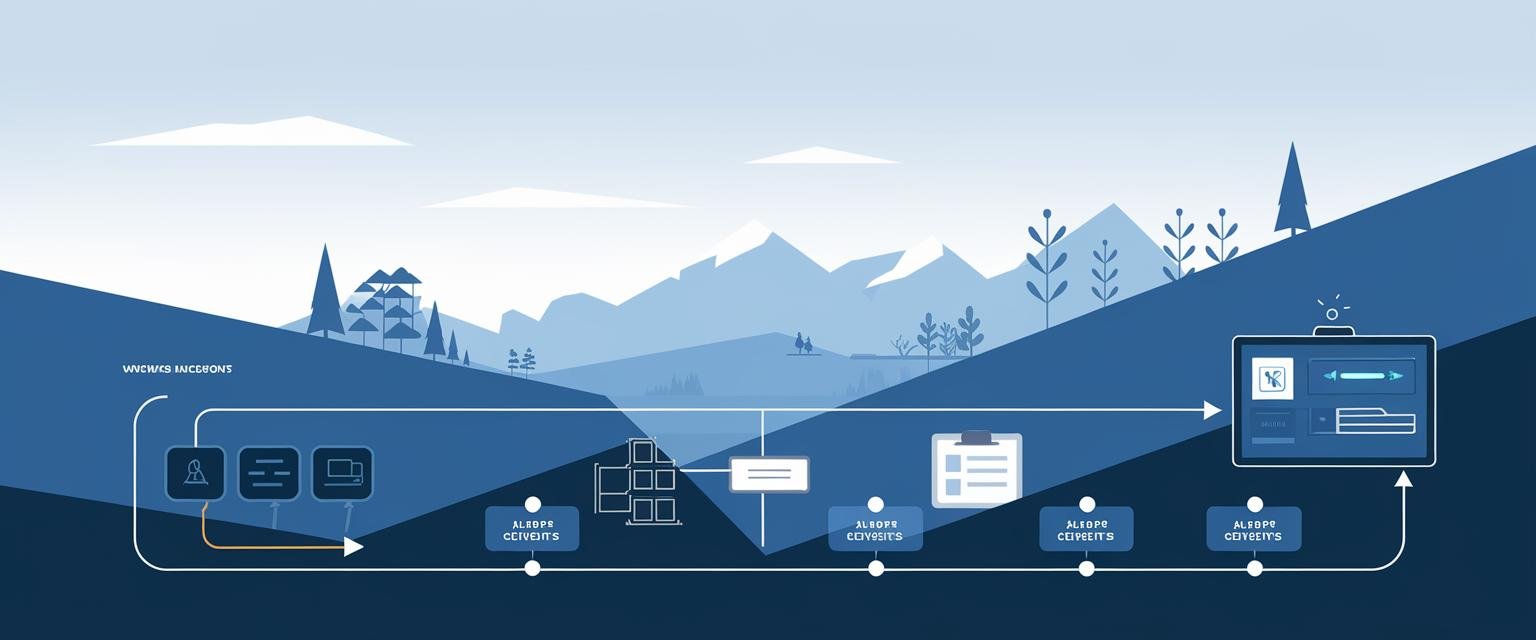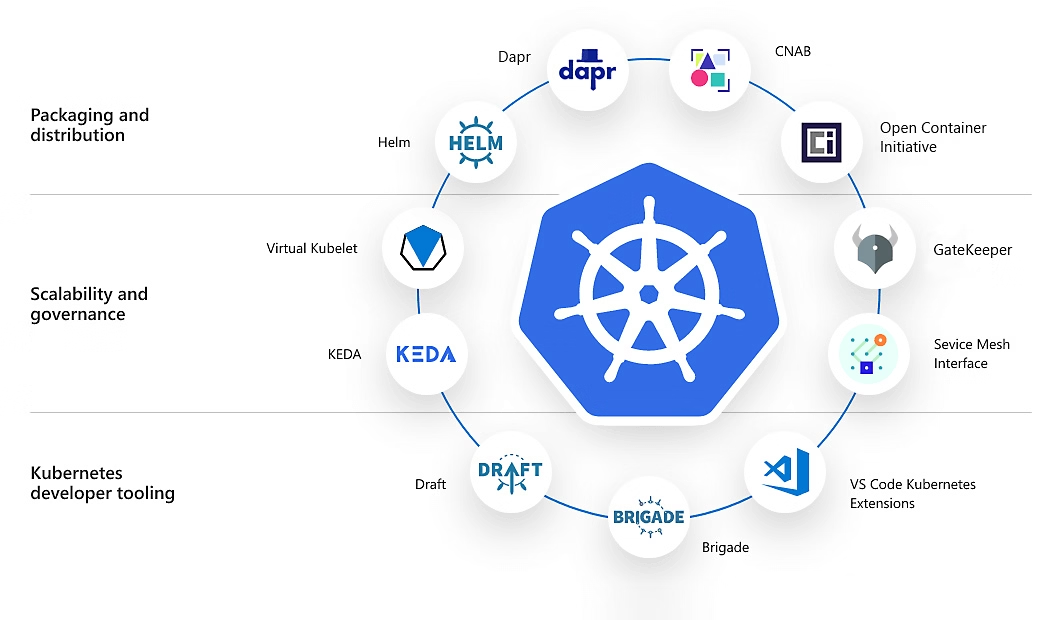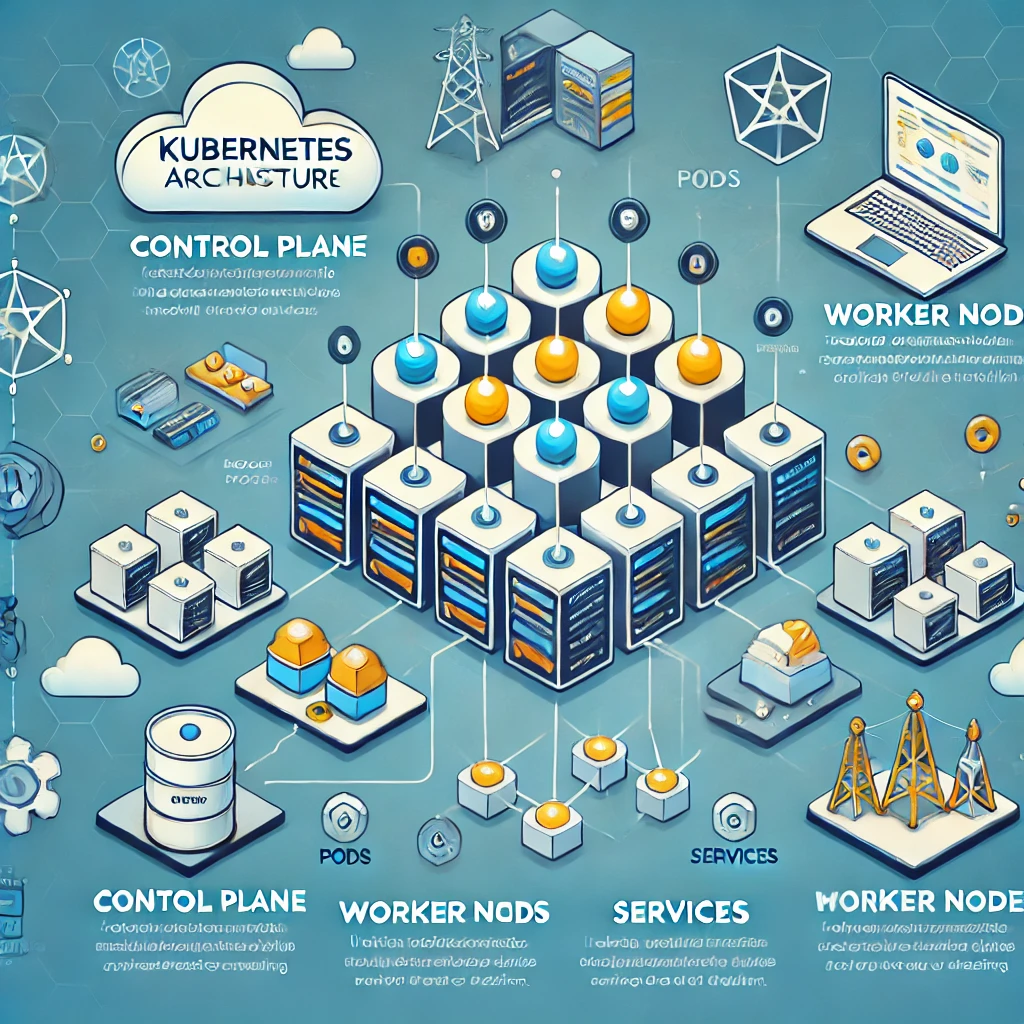Looking to boost your tech career with a valuable certification? The Azure DevOps certification (AZ-400) might be exactly what you need. When I started my journey as a software developer fresh out of Jadavpur University, I had no idea how much this certification would transform my career path and open new opportunities.
I’m Daniyaal, and before founding Colleges to Career, I worked at both product-based and client-based multinational companies. The skills I gained through Azure certification gave me a competitive edge that still helps me today. Let me share the 10 steps that helped me succeed—and can help you too.
Understanding the Azure DevOps Certification Landscape
Step 1: Know What You’re Getting Into
The AZ-400 exam is Microsoft’s certification for DevOps engineers working with Azure. Don’t just dive in blindly—it’s important to understand what you’re facing.
The exam tests these key areas:
- Developing an instrumentation strategy
- Creating a Site Reliability Engineering (SRE) strategy
- Managing security and compliance
- Source control management
- Communication and collaboration
- Implementing continuous integration
- Setting up continuous delivery and release management
My first reaction to this list? Pure panic! The scope seemed impossibly huge. But once I took a deep breath and broke it down into manageable chunks, my confidence returned. During my actual exam, CI/CD pipelines and source control questions dominated—easily 40% of all questions—so I’m glad I focused heavily there.
Step 2: Check Your Prerequisites
Before starting your Azure DevOps certification journey, make sure you have:
- Basic understanding of Azure services
- Some experience with DevOps practices
- Familiarity with at least one programming language
- Knowledge of version control systems
Microsoft recommends having the AZ-104 (Azure Administrator) or AZ-204 (Azure Developer) certification first, but it’s not strictly required.
When I began preparing, my background was mostly in traditional software development. I had serious gaps in my cloud knowledge that made me question whether I was ready. I spent an extra two weeks just on Azure fundamentals to catch up, which felt like wasted time at first but proved absolutely essential for my success later.
Building Your Study Strategy
Step 3: Assemble Your Study Resources
I spent weeks figuring out which resources actually helped versus wasted my time. Here’s the exact study stack that ultimately helped me pass my exam:
Official Resources:
- Microsoft Learn’s AZ-400 learning paths
- Microsoft’s official documentation
- Azure DevOps Labs on GitHub
Unofficial Resources:
- WhizLabs practice tests
- Udemy courses by Scott Duffy or Alan Rodrigues
- “Azure DevOps Explained” by Sjoukje Zaal
My secret weapon? Joining the Azure DevOps community on Discord. The real-world advice from people who’d recently passed the exam was invaluable. One developer there shared her exact study schedule that helped me reorganize my approach completely. This kind of practical insight is something you’ll never find in any official book or course.
As for budget—Microsoft Learn is free (and fantastic), while courses range from $10-200 depending on sales and platforms. I caught the Scott Duffy course on sale for $12.99 which was an absolute steal. Practice tests typically cost $15-40, but they’re worth every penny. All in, expect to spend around $150-250 for comprehensive preparation if you’re strategic about catching sales.
Step 4: Create a Structured Study Plan
Having a plan kept me accountable and prevented the “I’ll study eventually” trap. Here’s an 8-week study plan that worked for me:
Weeks 1-2: Azure fundamentals and DevOps concepts
Weeks 3-4: Deep dive into CI/CD pipelines and source control
Weeks 5-6: Security, monitoring, and SRE practices
Weeks 7-8: Practice tests and review weak areas
While juggling a demanding full-time development role, I carved out 10-12 hours weekly for study. My secret? I literally scheduled ‘Azure Study’ blocks in my calendar and defended them as fiercely as client meetings. Tuesday and Thursday evenings plus Sunday mornings became my non-negotiable study time.
What absolutely failed? My initial attempt at weekend cramming. I tried studying for 8 hours straight on Saturdays and discovered I’d forget half of what I learned by Monday. Short, regular sessions of 90-120 minutes proved dramatically more effective for retention.
Step 5: Set Up Your Hands-On Practice Environment
Theory alone is like trying to learn swimming from a book—you’ll drown in the real world. You need hands-on practice!
First, create a free Azure account. It comes with $200 credit for 30 days and several always-free services. Then set up an Azure DevOps organization and create test projects.
Try these practical exercises:
- Create build and release pipelines
- Set up test automation
- Implement infrastructure as code using ARM templates
- Configure branch policies and protection
When I was preparing, I built a simple Node.js application and created the entire CI/CD pipeline for it. I remember the frustration of spending three hours debugging a YAML syntax error in my pipeline, but that painful experience taught me debugging skills that multiple-choice questions never could. This practical experience transformed abstract concepts into tangible workflows I could understand and remember.
Advanced Preparation Techniques
Step 6: Master the Key Azure DevOps Services
Focus your energy on these core services:
Azure Boards: Learn how to create and manage work items, sprints, and backlogs. I spent two afternoons creating a mock project for a fictional team, which helped me understand the workflow.
Azure Repos: Practice creating repositories, managing branches, and setting up policies. This ties directly to Git concepts that appear frequently on the exam.
Azure Pipelines: This is a massive topic that deserves extra attention! Build both YAML and classic pipelines, understand triggers, variables, and environments. In my experience, this represented about 30% of my exam questions.
Azure Artifacts: Create and manage package feeds, understand package versioning. Know how these integrate with pipelines.
Azure Test Plans: Learn how to create test plans, test suites, and manage test cases.
I struggled most with Azure Pipelines, especially YAML pipelines where the syntax initially looked like hieroglyphics to me. What finally clicked: instead of copying example code, I forced myself to write pipelines from scratch. This painful approach made me understand what each section actually did rather than just memorizing patterns.
Step 7: Leverage Practice Exams Effectively
Practice exams aren’t just for gauging if you’ll pass—they’re sophisticated learning tools if used correctly. Take your first practice exam after about 4 weeks of studying to identify knowledge gaps.
I’ve seen colleagues make these common mistakes:
- Taking only one practice exam (you need multiple exposures)
- Skimming wrong answer explanations (this is where real learning happens)
- Using unofficial exams with questionable quality (stick to reputable providers)
My three-phase approach with practice tests:
- Diagnostic phase (Week 4): First baseline attempt, scored a humbling 58%
- Learning phase (Weeks 5-7): Took a test weekly, studied wrong answers deeply
- Readiness assessment (Week 8): Final validation that I was prepared
For each wrong answer, I didn’t just read the explanation—I went down rabbit holes researching the topic in Microsoft docs until I could explain it confidently to my rubber duck (yes, I actually kept one on my desk). This depth of research transformed my weak areas into strengths that I could confidently tackle on the actual exam.
Step 8: Join the Community
Learning alongside others accelerated my progress in ways I never expected.
I joined:
- The Azure DevOps subreddit
- Microsoft Tech Community forums
- LinkedIn groups focused on Azure certification
The community support was game-changing. A senior DevOps engineer I met in a study group explained how Azure Pipelines integrates with container registries using a restaurant kitchen analogy that made everything click instantly. This five-minute explanation solved a concept I’d been struggling with for weeks—saving me countless hours of confusion.
Here’s a tip: give back by answering questions where you can, even if you’re not 100% confident. I found that attempting to explain concepts to others exposed gaps in my understanding that I couldn’t see when just reading. The act of teaching truly cemented my knowledge.
Final Preparation and Exam Day
Step 9: Final Review and Mental Preparation
As exam day approached, these final steps helped calm my nerves:
- Created condensed one-page cheat sheets for each major topic
- Reviewed all practice exam questions I’d previously missed
- Took a final practice exam 3-4 days before the real thing
- Got plenty of sleep the entire week of the exam
I made a rookie mistake by studying late into the night before my exam. The fatigue from that late session affected my performance far more than the extra reviewing helped. I remember staring at a question about deployment rings that I knew cold but couldn’t process because my brain was foggy. Learn from my error—rest is just as important as last-minute cramming!
Step 10: Exam Day Strategies
For the big day:
- Test your computer setup the day before (if taking online)
- Have your ID ready and workspace cleared
- Use the bathroom right before starting
- Take 10 deep breaths before beginning to calm your nerves
- Read each question twice before answering—many questions have subtle traps
Time management became crucial. My exam had 53 questions in 150 minutes. I developed a rhythm of flagging complex scenario questions for review and moving on rather than getting stuck. This approach saved me from the time crunch that many of my colleagues experienced.
The relief I felt after clicking “Submit” was indescribable. Whether you pass or not on your first attempt, take a moment to acknowledge the growth you’ve experienced throughout this journey. The learning process itself has tremendous value for your career.
FAQ Section
What is covered in the Azure DevOps certification exam?
The AZ-400 exam covers design and implementation of DevOps practices for Azure. Key areas include source control, continuous integration, continuous delivery, dependency management, security, compliance, instrumentation, and monitoring. Based on my experience, CI/CD pipelines and security implementation questions were the most common, making up approximately 40-50% of my exam.
How can I prepare for the Azure DevOps exam?
Start with Microsoft Learn paths, supplement with hands-on labs, and use practice tests to identify knowledge gaps. Balance theory with practice by implementing what you learn in a test environment. My breakthrough came when I stopped passively watching tutorial videos and started building a complete project from scratch, which connected all the theoretical concepts into practical understanding.
How difficult is the AZ-400 exam compared to other Azure certifications?
The AZ-400 is intermediate-to-advanced level difficulty. It’s definitely more challenging than the AZ-900 (Fundamentals) and about on par with AZ-104 (Administrator), but with a more specialized focus. What makes it tricky is that the questions are scenario-based rather than just fact recall. You’ll need to apply knowledge to complex situations rather than just memorize features.
Is hands-on experience required to pass the exam?
Technically, you could pass by memorizing concepts, but I wouldn’t recommend that approach. Hands-on experience makes preparation significantly more effective. Working directly with Azure DevOps tools helps you understand the interconnections between services that purely theoretical knowledge can’t provide. I tried both approaches—the hands-on labs I completed were far more valuable than any amount of reading.
How long should I study before taking the exam?
For someone with some Azure experience, 6-8 weeks of dedicated study (10-15 hours per week) is usually sufficient. If you’re new to Azure or DevOps concepts, extend this to 10-12 weeks. As a software developer with limited cloud experience, it took me about 8 weeks of consistent study, with extra focus on cloud fundamentals in the beginning.
What’s the passing score and exam format?
The passing score is 700 out of 1000 points. The exam contains multiple-choice questions, case studies, and occasionally drag-and-drop or build-list questions. My exam had approximately 53 questions to complete in 150 minutes. The exact format can change, so check Microsoft’s current exam page for the most up-to-date information.
Can I retake the exam if I fail?
Yes. If you fail, you can retake the exam after 24 hours. If you fail a second time, you must wait 14 days before the third attempt. A fourth attempt requires 30 days of waiting. You can take a maximum of five attempts per year. Each retake requires paying the full exam fee again ($165 in most regions), so it’s worth preparing thoroughly from the start.
Conclusion
Getting Azure DevOps certified isn’t just about adding a credential to your resume—it’s about gaining practical skills that are in high demand. The 10 steps I’ve shared guided me from feeling overwhelmed to confidently passing the exam.
This certification had tangible impacts on my career. In my last role before founding Colleges to Career, I led a migration from legacy deployment systems to Azure DevOps that reduced our release cycle from weeks to days. The skills I gained during certification directly translated to real business value, which became a compelling story during job interviews and client pitches.
Remember that this journey is a marathon, not a sprint. Be patient with yourself, practice consistently, and connect with others on the same path. The process builds a foundation of knowledge and practical experience that will serve you well both in the exam room and in real-world DevOps scenarios.
Ready to transform your career like I did? Your Azure DevOps certification journey starts today! To maximize your certification’s impact on your job prospects, use our interview preparation guides to showcase your new skills and create a certification-highlighting resume with our resume builder tool that emphasizes your Azure expertise.
If you’re looking for structured learning resources, our video lectures can complement your Azure DevOps certification preparation. Subscribe to our newsletter to stay updated on the latest certification paths and career opportunities in the ever-evolving cloud landscape!






